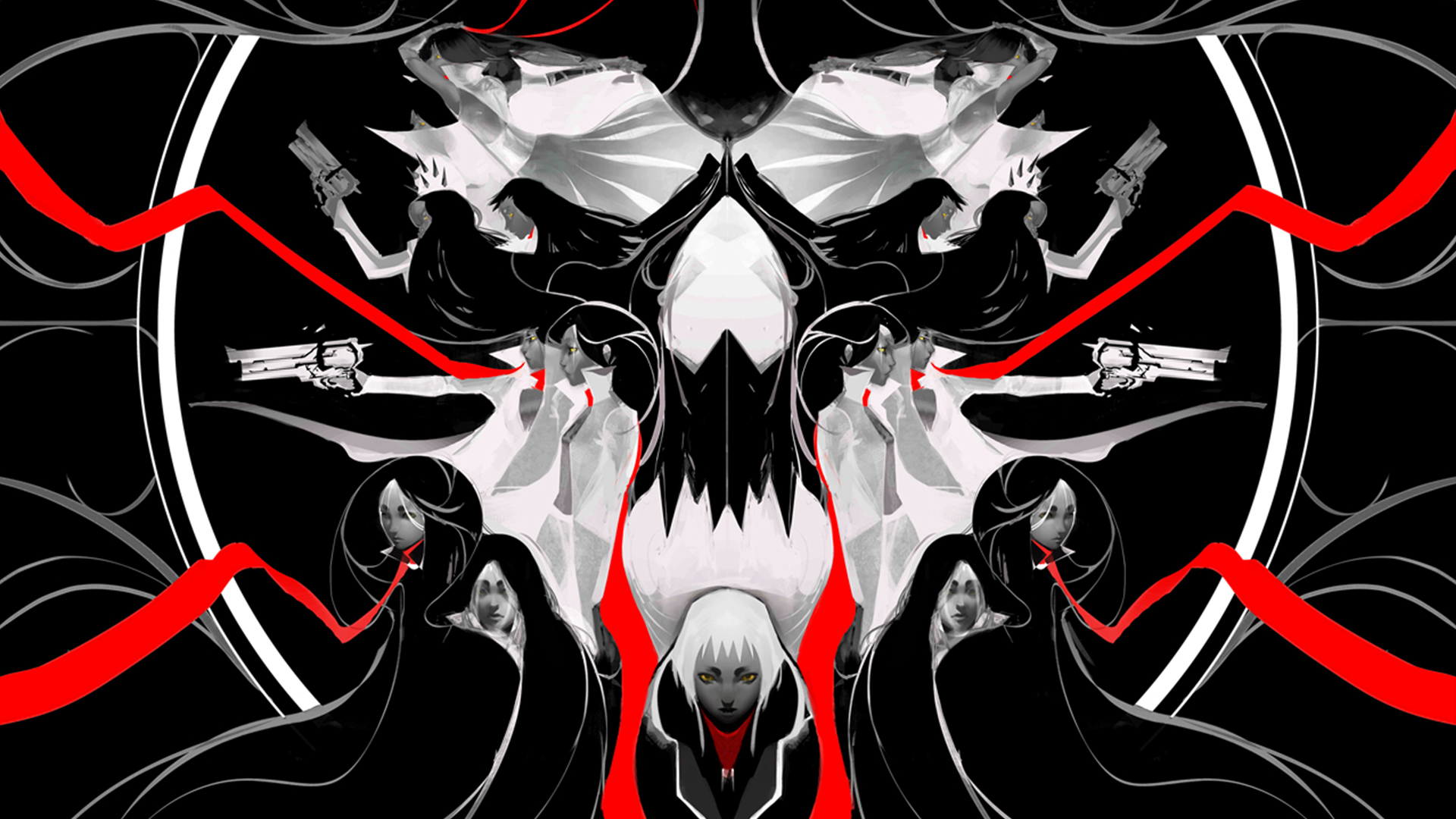

I strongly believe that in order to give a soul to a project, you have to talk about what you personally experienced. Most of our design elements came from a personal place. The red colour is here to flesh out the important elements of both the lore and the gameplay: from the skills of our Daughters to their red scarves showing their health, or even the Vitae, the precious resource used for germinating new units and customising them… Only the key elements get the honour of using Othercide’s one colour to signify their importance. In video games, all major components are tied up together: art is at the service of gameplay, and good gameplay supports narration and emotion. It won’t be to everyone’s taste, but for those that love it, they’ll really love it, and they’ll always know it when they see it. That each screenshot, concept art or 3D model belong to this universe and this universe only. It also depicts an ocean of darkness, where a single spark of light can bring a new hope.Īrt direction is a matter of choices and risks: we knew we wanted Othercide to be different and stand out in its genre.

Depicting this in black and white makes it clear just how otherworldly and mysterious this place is – we’re behind the scenes of reality. It’s backwards and damaged, shaped by broken psyches and trauma rather than the logical laws of our world. Othercide is set between dimensions, in an area of subspace we call The Dark Corner. It was my first official job as an art director, and the beginning of a hell of a ride, for the art team as well as myself.

My name is Alex Chaudret, I have been working in the video game industry since 2011, and I joined Lightbulb Crew as Art Director in September 2017. Our dark tactical RPG is coming to Xbox One today and will present players a challenging war to defend reality against the forces of Suffering. Othercide’s production has come to an end, and I think it’s a good occasion for me to talk about the art direction of the project, what we went through and why.


 0 kommentar(er)
0 kommentar(er)
